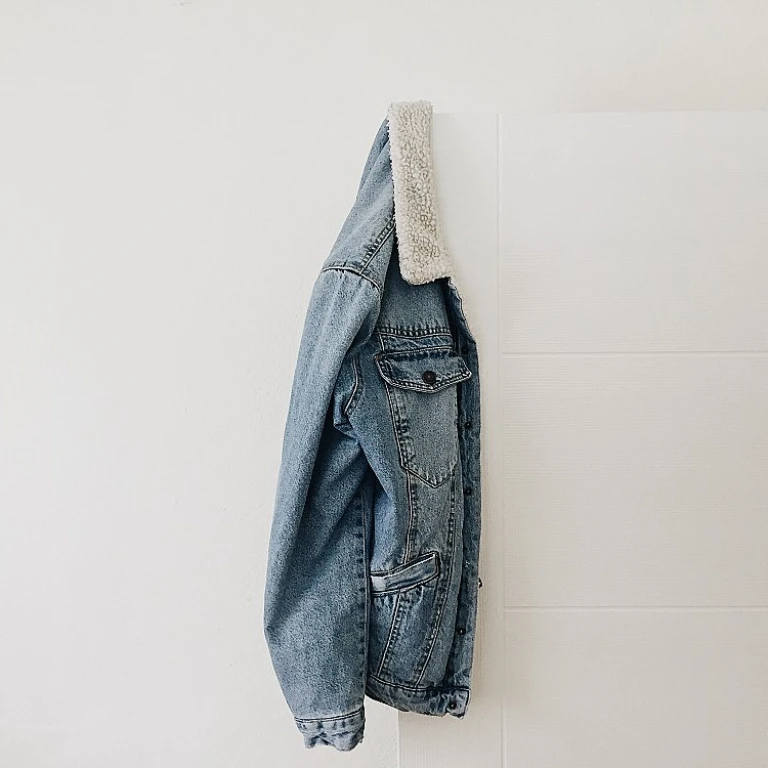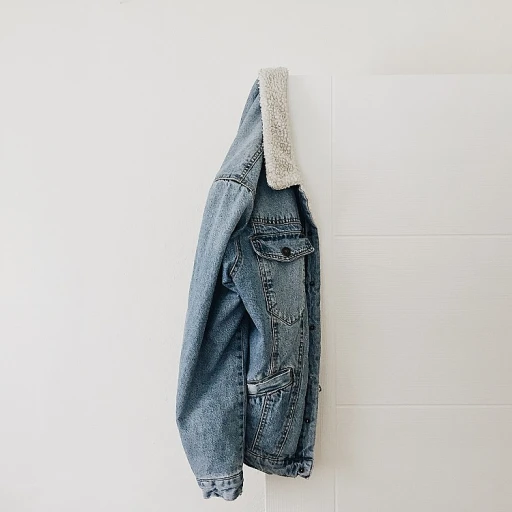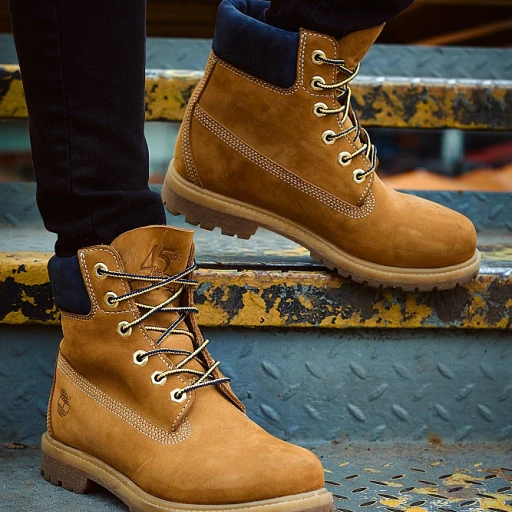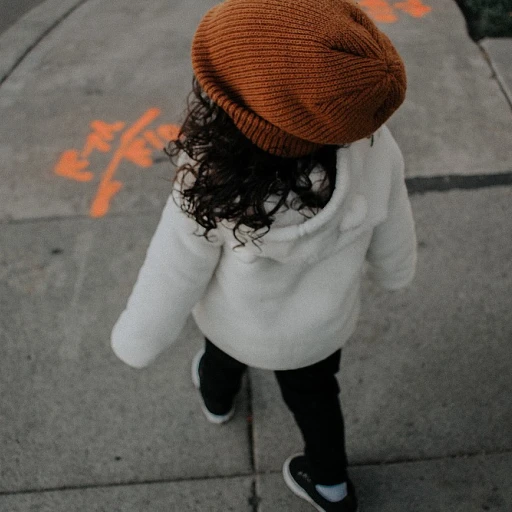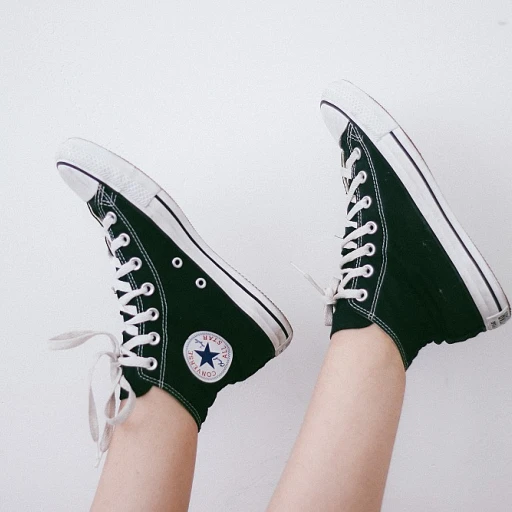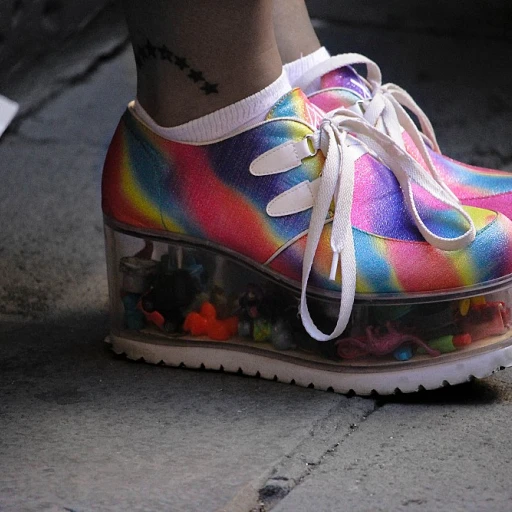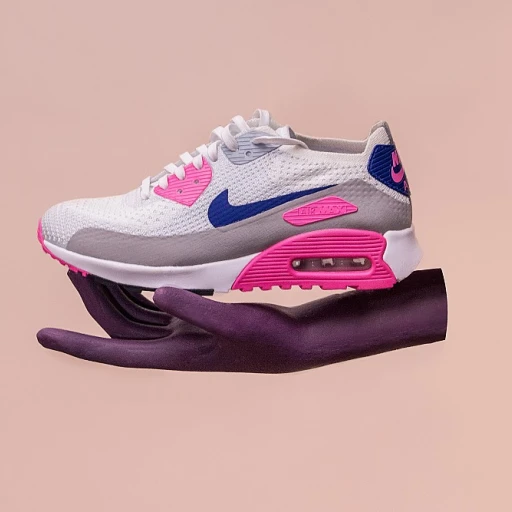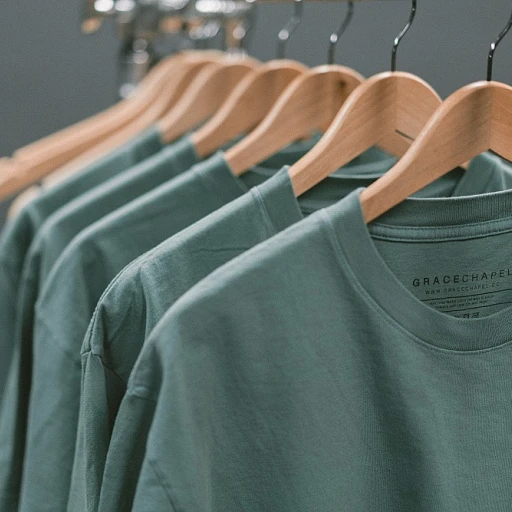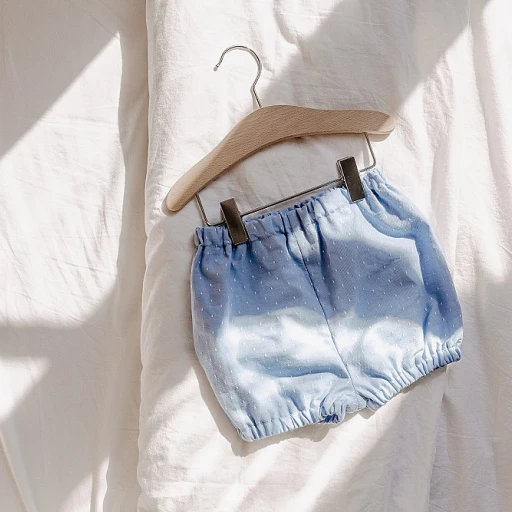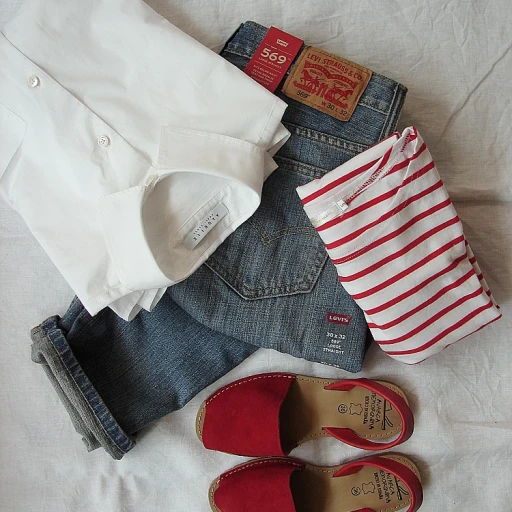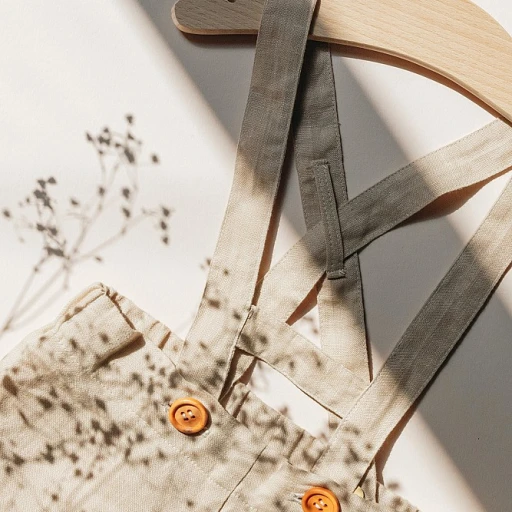
Decoding baby clothing sizes: what you need to know
Decoding the mystery of baby sizes
When you first dive into the world of baby clothes, the sizing can seem a bit baffling. Understanding baby sizes clothes helps ensure your little one stays comfy and stylish without you breaking a sweat over returns and exchanges.
Size ranges: from newborn and beyond
Baby clothing sizes typically correspond to age in months. For instance, you might see sizes listed as newborn (NB), 0-3 months, 3-6 months, and so forth. Newborn clothes are generally made to fit babies weighing between 5-8 lbs, while sizes 0-3 months cater to babies around 8-12 lbs. Knowing these ranges can help you predict the best size for your baby based on their weight and age.
The height and weight game
Brands often use a height and weight chart to guide their sizing. A popular brand like H&M, for instance, gives specific measurements for height and weight to help parents choose. For example, their size 2-4 months may be tailored for babies up to 23 inches long and 12-14 lbs. Always refer to the size chart provided by the brand for accuracy.
European vs american sizes
Comparing European baby clothes to American ones can add another layer of confusion. European sizes are often based on the child’s height in centimeters, such as size 50 for newborns up to 50 cm long. Meanwhile, American sizes focus more on age and weight, requiring constant cross-referencing if you’re dealing with international brands.
Experts weigh in
Pediatricians like Dr. Heidi Murkoff and bodies like the American Academy of Pediatrics emphasize checking growth charts regularly. A child’s growth may not always align perfectly with the general sizing guides, hence the need for regular updates on their height and weight.
Understanding size charts: from newborn to toddler
Why baby clothing sizes vary
When you dive into baby clothes, the myriad of sizes can be slightly bewildering. From 'newborn,' '0-3 months,' to '24 months'—decoding these labels is essential. Babies come in all shapes and sizes, so standard measurements need to fit every chubby cheek and tiny toe out there.
Different brands use varying models for measuring. For instance, European sizes often go by the baby's height in centimeters, whereas American brands typically use months or age ranges.
How brand charts differ
Even the big names like H&M, Nike, and OshKosh have different sizing standards. According to this guide, Nike's 0-3 month size fits babies up to 12.5 lbs, while H&M's equivalent fits up to 14 lbs.
One research published by Everyday Health, Inc. found that understanding these minute differences can prevent the common pitfall of buying clothes your baby can't wear, saving both time and money.
Converting sizes across the pond
Trying to convert European baby clothes to American sizing can feel like solving a Rubik's Cube. Yet, it’s not impossible. European clothes use numbers based on the baby’s height in centimeters. For example, "60 cm" generally corresponds to 2-4 months. American sizes usually go by age. So, a U.S. "3-6 months" would more or less match Europe's "62 cm."
Why does this matter? Because if you love that European chic style for your child, you'll need to navigate these differences smartly to ensure the clothes fit. Check out size charts meticulously provided by the brands for accurate conversion.
No compromise on comfort
Sizing not just impacts fit, but also comfort. No parent wants their baby wrestling with clothes that are too tight or loose. The American Academy of Pediatrics recommends soft, breathable fabrics and ensuring that the clothes have room for movement and growth.
Heidi Murkoff, author of What to Expect When You’re Expecting, also emphasizes on the importance of sizing guidelines published by brands. "Always look beyond the numbers. Feel the fabric, notice stretch and shrinkage, and always buy a size up if you’re unsure," she advises.
Understanding mid-size options
You might stumble upon terms like preemie, newborn, or ‘toddler’ while shopping. Preemie caters to babies who are born prematurely. Typically, these sizes will cover up to 17 inches in length and 5 lbs in weight. Newborn sizes are for those averaging 18-21 inches in length and 5-8 lbs in weight.
Toddler sizes start appearing after the first year. They usually come in ounces like '12M', '18M', and '24M'. A unique aspect here is that 'M' refers to months, but the actual weight range can jumble.
Resolving baby size dilemmas
Bumping into a complex size chart can set panic. Tip from experienced second-time parents: always have a measuring tape handy. Measure your baby's height and weight, and compare it against the chart meticulously.
Also, beware of brands that have different sizing for different lines. Hanna Andersson's organic line, for instance, is known to run larger than its regular line.
How to measure your baby for the perfect fit
Ensuring your baby's clothes fit perfectly: a step-by-step guide
Sizing up your baby can feel like a guessing game, but with a few tips, you can nail the perfect fit! To start, you need to know two key measurements: height and weight. The height is measured from the top of their head to the heel of their foot while they lie flat. For accuracy's sake, make sure your baby is fully relaxed and not propping themselves up. A standard sewing tape measure does wonders here.Taking height and weight measurements
The weight is simpler; just pop your baby on a digital scale. Knowing these basics will help you navigate baby clothing sizes better. The American Academy of Pediatrics backs this: accurate measurements are key to choosing the right baby clothes size.Fit check: trying on clothes without fuss
When you first try outfits on, see how your baby moves in them. Does the outfit restrict movement, or does it seem too loose? Babies need room to wiggle and grow. Look for clothing that fits snugly but isn't tight. For example, Oshkosh has a line known for a good fit that adjusts as your baby grows up a bit. They're a good reference point.Handling seasonal changes with size adjustments
Remember, babies grow quickly, sometimes jumping through multiple sizes in just a few months. Seasonal changes are also crucial. Layering baby clothes during colder months or ensuring breathable fabrics during summer can help. Seasonal outfits from brands like H&M and Nike offer functional yet stylish options, adapting well to rapid transitions.Popular brands and their sizing secrets
Brands have their quirks in sizing. European baby clothes, for instance, often use centimeters for height. Understanding these differences makes a big impact in how well clothes fit your baby. Parents rave about Hanna Andersson for its use of organic materials and consistent sizing. According to a study in Everyday Health, there is a considerable parent satisfaction rate due to these reliable sizes. For more insights on how to dress your baby perfectly, check our guide on unlocking the latest trends in teen style. Fitting your baby into the right clothes might take a bit of practice and patience, but with these tips, you'll master the art in no time. Follow these methods, and your baby's smile will be your reward!Top brands and their sizing quirks
Key sizing details for popular brands
Navigating the maze of baby size clothes on the market can be tricky. Every brand has its own set of measurements, and these discrepancies can be confusing for parents. To simplify your shopping experience, let's dive into some of the most popular baby clothing brands and their sizing quirks.
H&M
H&M offers stylish options but keep an eye on their sizing—many parents find their clothes run larger than average. For example, a size labeled for a 1-month-old might fit a baby who’s 3 months old.
Hanna Andersson
Known for their high-quality and organic fabrics, Hanna Andersson’s sizing is generally considered consistent. One highlight is their extensive size chart, which includes height and weight guidelines.
Nike
Nike's baby clothing tends to stay true to size. If your little one is on the move, their stretchy materials provide extra comfort. Sizing categories often break down into months, such as 0-3, 3-6, and so forth.
OshKosh B’gosh
OshKosh is a beloved American brand, but be aware their sizes can sometimes run small. If your baby is on the heavier side, you might want to size up.
Ziff Davis
Though not as mainstream as the others, Ziff Davis' specialized sizing is impressive. They provide detailed size charts that help ensure a good fit—especially helpful if shopping online.
European Brands
European brands often use different sizing methods based on centimeters rather than inches. For instance, a European size 50 is roughly equivalent to a size 1 newborn in the U.S.. Always check the size chart before purchasing.
Expert Insights
Heidi Murkoff, author of "What to Expect When You’re Expecting," advises parents to consider their baby’s growth spurts. "Babies grow quickly," she notes, "so buying a size up can save you time and money."
Keep these nuances in mind next time you're shopping, and avoid the frustration of frequent returns. For more helpful tips on understanding baby clothing sizes, refer to the other parts of this comprehensive guide.
Seasonal clothing: dressing your baby year-round
Choosing the right outfits for different seasons
Babies need comfort and-style throughout the year, but seasonal changes can make outfit choices a bit confusing. Here's the lowdown on dressing your baby to match the weather.
Summer essentials
Summers can be harsh on a baby's delicate skin. According to the American Academy of Pediatrics (AAP), it's crucial to opt for lightweight cotton clothes that are breathable. Rompers, short-sleeve bodysuits, and lightweight hats are your go-to items. The best baby brands like H&M and Nike offer a range of summer-friendly baby clothes.
Winter wear
Winters demand layering, but it's essential to avoid over-bundling to prevent overheating. Opt for onesies, sweaters, and warm, soft socks. Brands like Hanna Andersson and Oshkosh provide high-quality winter wear with accurate size charts. According to Everyday Health, Inc., it's vital to check your baby’s neckline and abdomen; if they feel warm, then they are dressed appropriately.
Spring style
Spring can be unpredictable with its mix of cool and warm days. Light layers are a good idea. Think long-sleeve bodysuits, leggings, and light jackets. According to Heidi Murkoff, author of What to Expect When You're Expecting, layering allows you to add or remove clothes as the temperature changes.
Autumn attire
As temperatures drop, it's time for warmer fabrics and maybe a soft fleece jacket. Baby fashion experts suggest sticking to pants and long-sleeve tops. Again, layer smartly and ensure your child’s comfort. According to a Ziff Davis report, neutral colors and earthy tones are trending for autumn baby clothing.
Common sizing issues and how to solve them
Identifying baby clothing trip-ups and their fixes
Every parent has been there: you excitedly purchase a set of adorable baby clothes, only to find that they don't fit quite right. Common issues with baby clothes sizing can be frustrating, but they’re not insurmountable. Here’s what you need to know:
Shrinking after the first wash: One of the most frequent complaints about baby clothing is how they shrink after washing. This often happens with cotton garments. According to a report by Ziff Davis, up to 25% of parents have faced this issue. To combat this, always pre-wash new baby clothes to gauge any size changes.
Inconsistent sizing across brands: While American sizes are fairly standardized, brands like H&M, Hanna Andersson, and Nike have their distinctive sizing quirks. According to Everyday Health, it's not unusual for a baby to wear different sizes from different brands at the same time. Always refer to the specific brand’s size chart to ensure the best fit.
Growth spurts: Babies grow at an astonishing rate. The American Academy of Pediatrics advises parents to anticipate these spurts and have the next size up on hand. On average, babies grow about 1.5 to 2 pounds a month during the first six months.
Adjustable features: Look for clothes with adjustable features like elastic waistbands, snap closures, and extendable sleeves. These can accommodate your baby’s rapid growth and provide a consistent fit.
Tailoring for special needs: If your child is on either end of the growth spectrum, standard sizes may not always fit. A 2018 study from Find Financial Help highlighted that parents of preemies or overly large babies often find mainstream clothing cumbersome. In such cases, seeking specialized clothing brands can be beneficial.
Hand-me-down troubles: Hand-me-downs are awesome but may not always fit well, especially after years of washing and stretching. Trying them on and making necessary adjustments can keep them in good rotation.
Take your child's measurements: Regularly measuring your child’s height and weight can help you predict when it’s time to size up. Everyday Health suggests doing this every month for infants.
Understanding and anticipating these common issues can save you time, money, and a world of frustration. For more detailed insights on measuring your baby for the perfect fit and understanding size charts, check this comprehensive guide.
Expert insights: what pediatricians recommend
Pediatricians' recommendations on baby clothing sizes
Many parents feel overwhelmed choosing the right baby clothes size. According to Dr. Heidi Murkoff, author of the acclaimed book "What to Expect When You're Expecting," understanding your baby's growth patterns is essential. Babies grow rapidly in their first years, so clothing sizes often correspond to a range of months. Typically, these sizes are broken down into 3-month intervals (0-3 months, 3-6 months, and so on).Understanding size charts and growth spurts
The American Academy of Pediatrics (AAP) highlights the importance of using size charts when shopping for baby clothes. Most brands provide a size chart that details the appropriate weight and height range for each size. For instance, a 3-6 month size might fit babies from 12 to 17 lbs and up to 27 inches long.Common pitfalls: too big or too small
Parents often face sizing issues because babies have irregular growth spurts. It's common for a baby to suddenly outgrow a size within weeks. Dr. Jane Richardson, a pediatrician with Everyday Health, Inc., advises parents to always opt for slightly larger sizes rather than a tight fit. "Loose clothing is safer and more comfortable for your baby," she notes.Seasonal clothing recommendations
Dressing a baby for the first year can be tricky, especially when considering the seasons. The U.S. experts at Everyday Health suggest layering during colder months to easily adjust to temperature changes. For summer, lightweight, breathable fabrics are best. Brands like H&M and Hanna Andersson offer a wide range of seasonal baby clothes, ensuring parents find the proper fits.Using brand-specific size quirks to your advantage
Pediatricians often note that not all baby clothing brands size their clothes equally. For instance, OshKosh and Nike might run larger compared to European brands. "It's vital to read reviews and consult size guides specific to each brand," advises Dr. Murkoff.Essential FAQs on baby clothing sizes
"What's the best way to measure my baby for the perfect fit?" To measure your baby accurately, use a soft measuring tape. Measure around the chest, waist, and from the shoulder to the ankle for the length. Compare these measurements with the brand's size chart. "How often should I expect to change my baby's clothes sizes?" Babies typically change clothes sizes every 3 to 6 months, but this can vary. Keeping an eye on growth spurts and regularly reassessing their measurements is key. By following these pediatrician recommendations, parents can navigate the often confusing world of baby clothes sizing with ease.Frequently asked questions about baby sizes clothes
How baby sizes clothes are categorized
Parents often face confusion when trying to decode baby sizes clothes, as sizing charts can vary between brands. Generally, baby clothes are sized by age in months, like '0-3 months' or '6-12 months.' However, it's crucial to note that these sizes are only estimates, as growth rates can vary significantly from one baby to another.
Experts like Heidi Murkoff, co-author of "What to Expect When You're Expecting", advise taking a baby’s actual weight and height into consideration over relying solely on age-based sizes. For instance, a newborn-sized outfit typically fits babies weighing less than 8 lbs (3.6 kg), while '3-month' sizes are usually meant for those weighing between 8-12 lbs (3.6-5.4 kg).
Converting european baby clothes sizes to american standards
Converting European baby clothing sizes to American standards can be tricky. European sizes are based on the child’s height in centimeters, for example, a size 56cm usually corresponds to a newborn up to 3 months old. Shopping for international brands such as H&M or Hanna Andersson often requires consulting specific conversion charts provided by the brand.
How to deal with inconsistent brand sizing
Inconsistent sizing between brands is a common issue, where one brand’s 6-month size can be another’s 9-month size. According to data from Ziff Davis, it's beneficial to have a few key pieces from different brands. Hence, when buying, reading reviews and sizing guides helps. Well-known brands like Nike and OshKosh often provide detailed sizing charts that are quite reliable.
Tips for buying baby sizes clothes that fit
Pediatricians from the American Academy of Pediatrics (AAP) suggest parents buy slightly larger sizes if they are unsure, as babies outgrow clothes quickly. Another useful tip is to keep a growth chart handy and regularly note your baby's length and weight. This practice can help avoid frequent shopping.
Why you should pay attention to the material and season
When it comes to seasonal clothing, layering is key. For instance, Hanna Andersson's organic cotton is recommended for layering during cooler months. For warmer seasons, light breathable fabrics are best. Material also plays a significant role depending on the type of clothing: soft, stretchy fabrics help in more accommodating fit.

